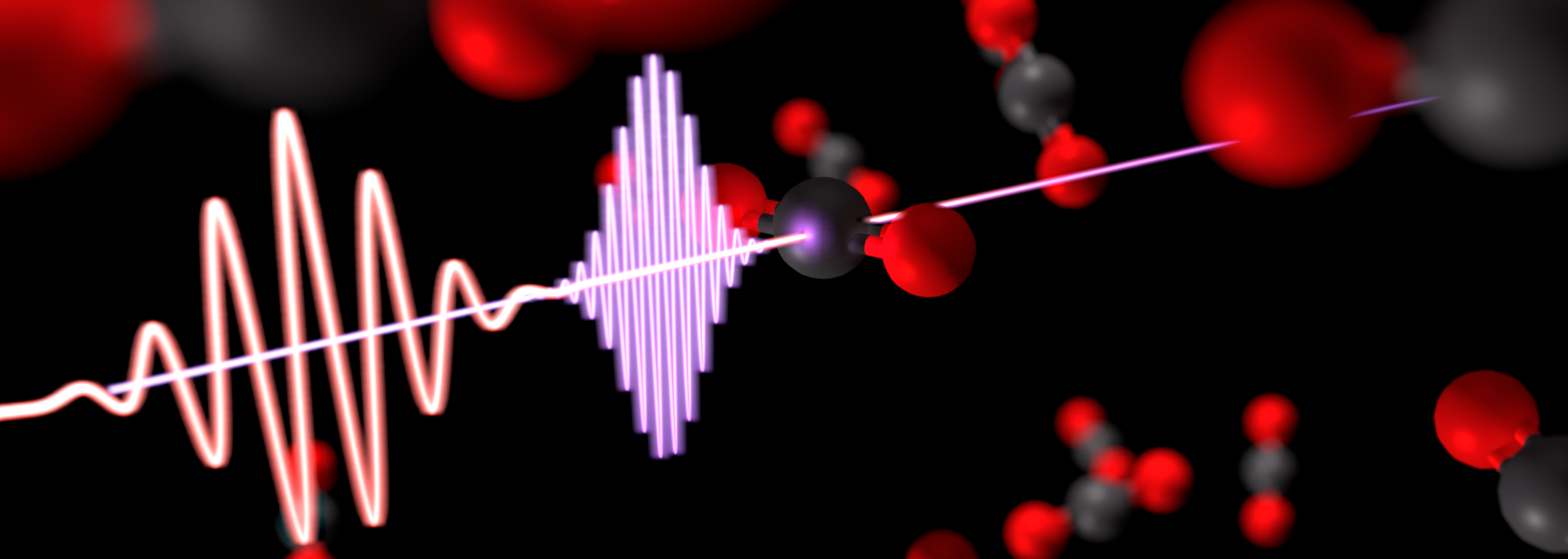The target of this laboratory is the generation and application of tunable extreme ultraviolet (XUV) pulses for the study of the electron-nuclear coupled dynamics in different types of molecules. The high temporal resolution of the beamline (10 fs) allows us to explore a plethora of processes (internal conversion, charge transfer…) taking place inmediately after light-matter interaction that determine the response of the molecule in longer timescales.

The aim of this laboratory is the experimental investigation, with femtosecond temporal resolution, of ultrafast processes in atoms and molecules excited by pulses in extreme ultraviolet spectral range (XUV) generated through the High-order Harmonic Generation process. A single harmonic is selected with a monochromator compensated in time (that allows for preserving the temporal duration of the given harmonic) characterized by a high photon flux and good spectral tunability. Such pulses are used to study ultrafast processes in atoms and molecules with pump-probe techniques.
LASER SOURCE
The driving source is a Ti:sapphire amplified laser system which generates 35 fs pulses with an energy of 6 mJ and repetition rate of 1 kHz. A fraction of the amplified femtosecond laser (1.2 mJ energy per pulse) is then sent to a hollow fiber compressor for the generation of 5 fs pulses with an energy of 0.8 mJ. The remaining beam is used for the generation of ultrashort pulses in the ultraviolet spectral region by means of non-linear processes.
BEAMLINE
Extreme ultraviolet (XUV) pulses, generated through the High-order Harmonic Generation process in noble gases, are spectrally selected with a time-delay compensated monochromator (TDCM). The TDCM employs conical dffraction, where wavevectors of incident and diffracted waves are almost parallel to the grating stripes. Such conical diffraction allows for a considerable improvement in terms of transmission effciency with respect to traditional methods. With this method it is possible to get tunable pulses in a wide spectral region, with duration down to 5 fs and high photon flux. The laboratory is equipped with several instruments for detecting ions and electrons generated after the interaction with XUV pulses, such as a Time of Flight spectrometer (ToF) for electrons and ions and a Velocity-Map Imaging spectrometer (VMI).

